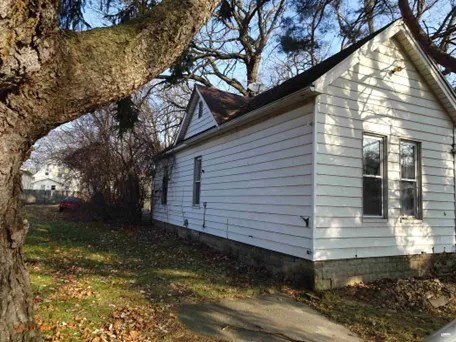Building awareness about the importance of caregiving in minority populations is essential to our elders aging in place. The trend is gaining popularity, especially since the pandemic, which changed our lives on so many levels. We saw what alternative living in senior residences created; families were not able to reach or touch their loved ones. Many of them died alone in facilities with strangers. It was heartbreaking to watch. The traditional way(back-in-the-day-way) of thinking about elder care is “family cares for the family.”
Encouraging families to find creative steps to impact, improve, and or maintain the physical, mental, and emotional well-being of our elders is an important element in the caregiving space. What would be the steps to aging in place? It takes a plan with the elder in the center of the plan. Making a plan without input from the loved one that it will affect is not a good plan. If able, let them be the talker in sharing their desires and wishes.
The health conditions that can occur with our elderly loved ones are countless. For instance, many families are ill-prepared to care for individuals with Alzheimer’s, dementia, cancers, cardiovascular diseases, arthritis, colitis, skin disorders, blindness, diabetes, Parkinson’s Disease, prostate disease, and mental health conditions. Having health awareness on how to care for loved ones with these conditions requires a family plan in order to allow them to age in place. So, what Is Your Plan?
Food for Thought
Having a health awareness lens for aging in place does not leave you without help. There are visiting nurses services that can provide support in the home setting. Nurse practitioners are a valuable resource and they can augment and sometimes bypass primary care physicians in some areas. They are trained to assess the needs of your loved ones and make the necessary referrals as needed. You can request nurse assistant care from home care programs to help with the activities of daily living, like bathing, dressing, grooming, meals, cleaning, and more.
The family plan can include members that can provide transportation, help with shopping, and fellowship. You cannot eliminate the financial piece of caregiving. The family plan must include the occasional need to pool resources when and where it is needed. Don’t forget to add safety measures to all that you do. As Your Proactive Caregiver Advocate, know that aging in place allows for one to have a health awareness mindset and it is the best way to love and support our elderly family members.

